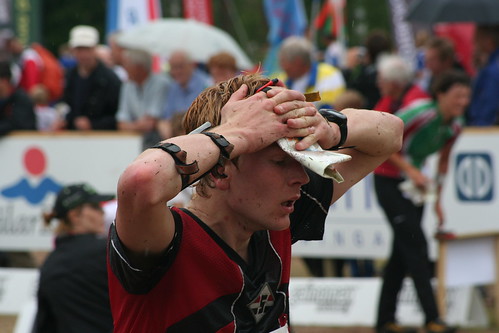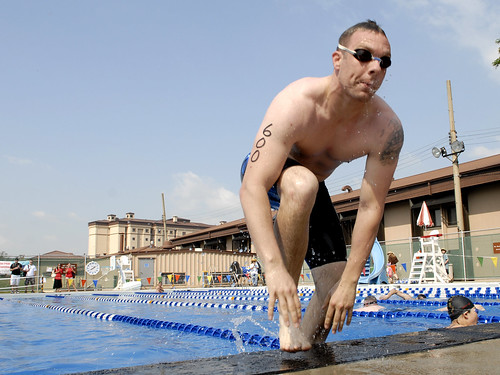Research Spotlight - in progress
Ben Rattray, Walter Abhayaratna*, Gordon Waddington, Tegan Meredith*, Nick Ball and Vicki Deakin
 |
| Insulin pump with infusion pump |
Background: In Australia, physical inactivity is attributable to ~$400m per year in direct health care costs, although the indirect costs on society are estimated to be much higher. Physical inactivity can lead to a state of low-grade inflammation associated with many disease states including diabetes. Exercise can reverse this trend and both acute and chronic moderate exercise can reduce systemic inflammation. Specifically relating to metabolic disease states, exercise is known to ameliorate insulin resistance and glucose tolerance. However, compliance remains a major issue in physical activity yielding the health benefit gained from any exercise increasingly important.
Physical activity targeting muscle adaptation is desirable for metabolic disease states such as diabetes because skeletal muscle strongly regulates blood glucose and fat metabolism. At the cellular level eccentric exercise greatly increases stress on the muscle relative to concentric exercise at a lower metabolic and cardiovascular cost. Eccentric exercise thus offers the advantage of limiting many of the risks associated with exercise in at risk populations (i.e. increases in HR and BP) and thus better suited to address complex chronic diseases. A single bout of eccentric exercise can create a state of inflammation and transiently impair insulin-signalling pathways but this negative response is prevented during a second exercise bout. Several positive cellular adaptations can occur after less than a week of eccentric training. These observations suggest a much greater stimulus for adaptation than typically observed during concentric exercise.
Recent research investigating the effect of eccentric exercise training in impaired glucose tolerance has been poorly controlled. Downhill hiking prescribed over two months however has been shown to reduce systemic inflammation markers and may improve insulin resistance in apparently healthy individuals although no direct measure of insulin resistance was carried out. The proposed research will address this gap in the literature.
Plain English: Exercise forms an important part of the treatment of type 2 diabetes. Specific recommendations on the type of exercise that should be performed are less clear. Issues relating to exercise prescription include potential complications of exercise and compliance to an exercise program. Eccentric contractions occur during exercise when the muscle is lengthening, such as during weight training or walking down stairs or downhill. This can result in some initial muscle soreness but research suggests that eccentric exercise may provide a strong stimulus for positive adaptations to the muscle, resulting in improved glucose control and health outcomes. It is also thought that the improvements experienced during this type of exercise will be greater than those of other types of exercise at a similar heart rate level. Greater health benefits may be gained from less physical activity, promoting increased compliance to exercise programs. This project will assess how your glucose control and markers of inflammation respond to a two week bout of either concentric of eccentric cycle training.
Links: Blog post, in the news blog post, another in the news blog post.


